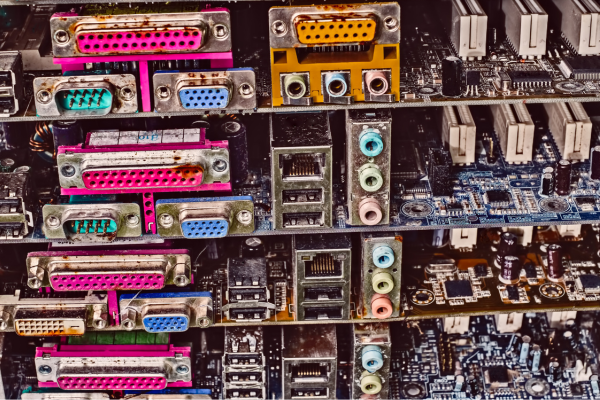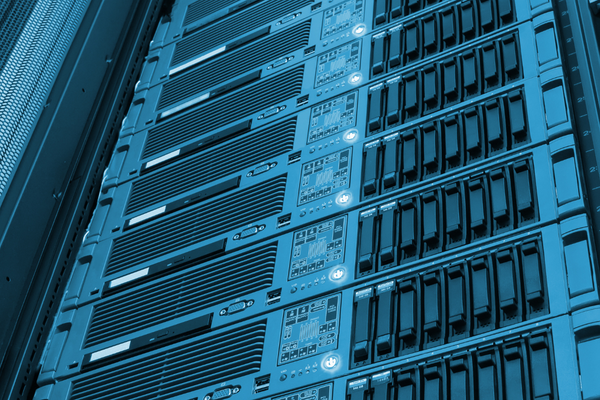The Benefits and Challenges of Mainframe Application Modernization
Mainframe systems have been the backbone of large businesses and organizations since the advent of the IBM System 360 in 1964. That is a long time for mainframe systems to grow and increase in complexity, making them difficult to maintain over time. As a result, many companies are now considering mainframe application modernization as a […]











Recent Comments